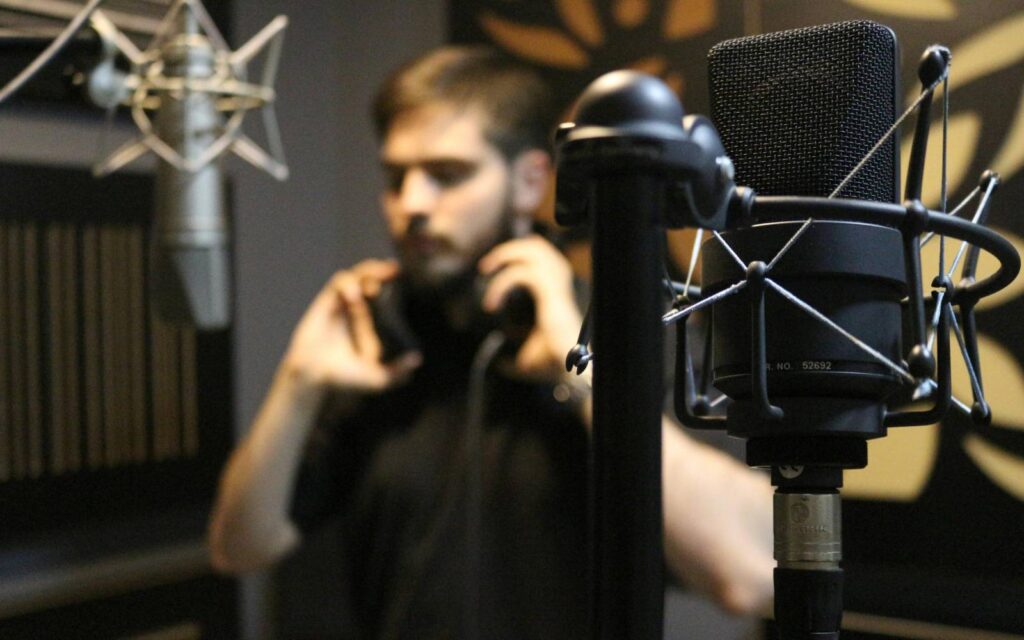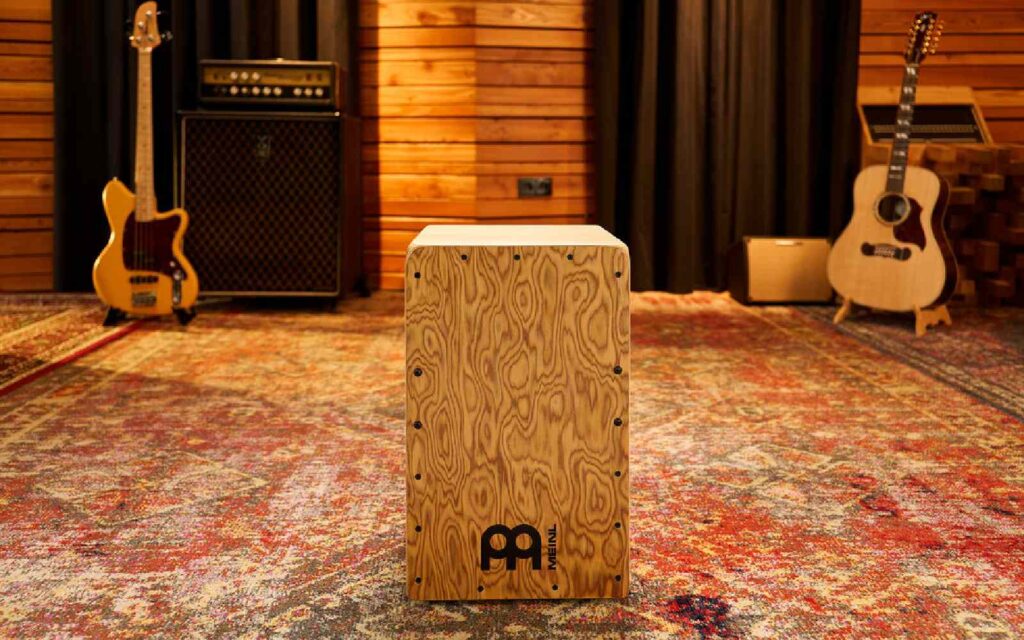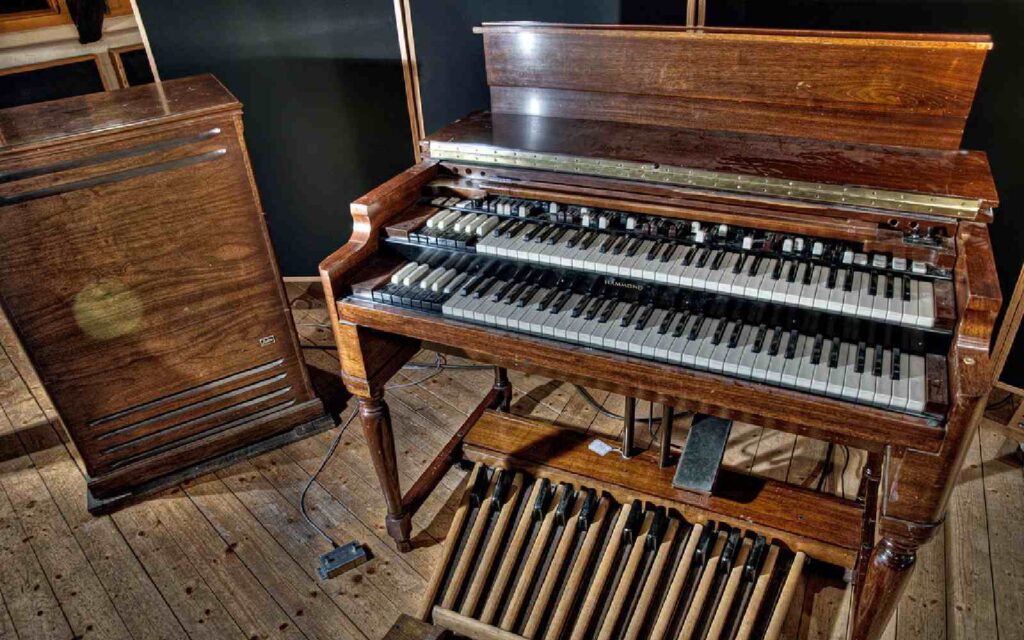Including what tools you can use to integrate acoustic modelling into your installation work.
For anyone who’s worked in audio installation work, you may have encountered a situation where you’ve planned what speakers you’re going to bring and where you’re going to put them, but when the rig is set up, it doesn’t sound like you thought it would.
Read up on all the latest interviews, features and columns here.
It’s this particular situation where being more prepared can yield great rewards, but how can you prepare for those situations? The answer is Acoustic Modelling, which is something Peter Moses is extremely versed in. He is the Senior Manager, Business Development (Asia Pacific) Install Audio at Harman, whose range of brands include JBL, Soundcraft, AKG and Crown.
We were lucky enough to be able to have a chat with Peter about all things audio installation including why Acoustic Modelling is so important and how audio engineers can benefit from utilising it. Let’s get stuck in.
First off, can you tell us a bit about yourself and your position at Harman—what the day to day is like and what it means to work in Professional Solutions for the Audio Industry?
I’m a 22 year deep audio ‘dude’ learning something new everyday, having started working at Velvet Sound and Studios 301 in Sydney aligning tape machines and syncing them with MTC via Zeta 3 machines and the like. I worked my way up as a freelance engineer and then got to make the jump into Audio in A/V after having worked closely in the studio and live with some great artists including Anderson. PAAK and the Free Nationals, Will.I.Am, Snoop Dogg and more throughout the states, Europe and more recently Asia (Singapore).
My role at Harman is to support our network of end users, integrators, consultants and distributors, from best design practice, to the right product for the right job, suitable alternatives and the like. What I love most about my job is the cliche ‘trusted advisor’ piece, a big part of my time is working with Architect’s, Builders and end user executives, so being able to help them realise a solution or approach that delivers success for their key indicators of what a system needs to do for them is very rewarding, when I can combine that with Harman product, it’s a real bonus!
Can you elaborate a bit for us about Acoustic Modelling, what it entails and the kind of tech being employed by Harman in this area?
Acoustic modelling is such an amazing part of the design and integration piece, from the art form of taking a CAD or floor plan and bringing it to life with elevations through programs such as Sketch Up or Revit, then to layering the right materials for walls, floors, windows and furniture–all with their own acoustic properties, along with simulating the right conditions such temperature of room, time of day, etc. These are all crucial variables when modelling a proposed solution and presenting it to key stakeholders, the process of loading the right speaker file in that model is crucial but can only tell its very own ‘truth’ once all the steps above are taken, once this happens, it makes it such a joy to present and find a solution with customers.
From there, we have a guide that installers and programmers can work with to ensure they achieve the goals required. Harman’s effort in this space is unique, as we have a number of software pieces that allow the end user to accomplish just about all of the above, including JBL’s DDA freeware which lets you build or import custom geometry and run any speaker with a .CLF file in it—Harman or third party! It also allows you to set variable such as temperature, receiver locations and more, it is very powerful and free. Of course, there are other programs such as DSD which is a free rapid ceiling speaker plotter and CBT calculator which lets the user conduct complex column speaker calculations and models all with a few clicks. There is even more great stuff coming from Harman, but as it is, I’ve probably said too much already!
What can attendees expect from your upcoming presentation The Importance of Acoustic Design Prior to the Installation at Integrate Virtual next week and who will benefit from attending it?
It’s jam packed with content, examples and ZERO fluff! Anyone who knows me knows that I love this topic, as well as just about anything to do with audio. I loathe death by powerpoint and talkfests, this will be a quick half hour deep dive into the process and outcomes of acoustic modelling, why and how to do it, what the outcomes usually are and how these steps can be used by all forms of AV practitioners to help them achieve outcomes, be it better sounding rooms, great looking quotes and tender replies, or super detailed and focused pitches (think internal AV/IT departments at Universities). People will leave this session with a clear understanding of what acoustic design is, the tools that make it possible (free and paid) along with a clear knowledge of how to investigate the sub-topics of this field more in a self guided manner.
In terms of application and end goal, Acoustic Design and Installation are both fingers on the same hand. How important is it for there to be a synergy between the two and can you explain for us how this holistic, considered approach benefits the end user experience?
You are spot on, they are exactly that! Acoustic Design in essence is the educated guesstimate of a how a room will sound, this is due to not only the speakers, but just as importantly the surfaces and materials of a room, combined with the phenomena of waveform action due to the combination of the aforementioned speakers and space. Elements such as Primary, Axial and Tangential waves are the result of these two instigators, how we deal with not only the instigators but the resulting waveform phenomena is all part of the Design (guesstimate) and installation (fine tune) process.
This approach is vital when dealing with knowledgable and not so knowledgeable stakeholders alike, being able to know what we have in terms of materials helps guide the speaker choice and location, and taking key stakeholders such as end users through to integrators on that journey helps empower each decision maker throughout the process to make and understand suitable choices. It is vital to a successful audio installation and one that also helps fringe disciplines such as architects contribute and appreciate the reasons why choice and placement are so vital. It can be holistic when done right, and in consideration of the occasional fragile ego involved in some of the process.
As someone well versed in Acoustic Modelling, can you share with us any helpful advice for people working in A/V installation that might allow them to achieve even better results or be able to work more efficiently at the installation end?
Absolutely, I’d recommend they all pick up the go to piece on this topic—F. Alton Everest’s Master Handbook of Acoustics—it’s a great read and very enlightening. From there, I’d say grab a freeware software package such as JBL’s DDA and experiment with geometry, material absorption coefficients and speaker placement, understanding how these 3 elements all interact with each other is vital for a good outcome. Most people are truly surprised when a model and a slight angle tilt of an existing install will dramatically impact the results of the system positively. I’d encourage everyone to spend just a bit more time in an already time poor field, and benefit from the great results of applying this knowledge on the job during the fit out process.
How important is discreet placement of speakers during the installation process and how would this interact with the aforementioned Acoustic Modelling?
From an aesthetics point of view–vital. From an acoustic point of view–vital. However, usually the two are somewhat exclusive from each other, I’ve been too many a Church where I can tell who the integrator is as there is a large line array hanging over the main altar, it sounds great but goes against the visual characteristic of the space. To answer your question, discreet placement is important and usually does not lend to the wide coverage or ideal area of sound propagation. Using modelling information to help enlighten us on where the best ‘trade off’ position for maximum sound quality with minimal disturbance to the visual characteristic is vital and this is what modelling is about.
Being able to visually represent this to an architect or end user, will help take them on the journey to come up with a somewhat favourable solution for all, it may not always be effective, but it is a heck of a lot more effective than early attempts in my career to demand speaker placing being the ‘audio dude’, I learnt quickly, ‘audio dudes’ are not on the same food tree as builders, architects and most certainly, end users or customers.
When it comes to Harman’s range of brands, are there some products in particular that you’d reach for when it comes to installation purposes?
Absolutely, Harman who I am employed by, do specialise in a number of products that pertain to a favourable install, from loudspeakers to DSP and amplification, but as mentioned above, also really contribute to industry wide efforts around education and modelling via their freeware packages such as DDA, DSD and CBT calculator. Of course EASE by AFMG is the industry standard for acoustic modelling software, along with their packages Soundflow which helps simulate sound absorption and transmission loss and Reflex, which simulates waveforms scatter and diffusion off surfaces.
Lastly, a good model needs to look good also, Sketch Up by Trimble offers many features for free, and can add the ability of exporting the geometry from it to JBL’s DDA (for that you need a paid version of sketch up), from there, using a paid or free render engine such as VRAY by the Chaos Group can give you some amazing visual results that can help you include your hard work modelling and calculating into world class pitches. I’ve seen decks presented for world class theatres, transport hubs and stadiums that use a majority of the free tools mentioned here.







